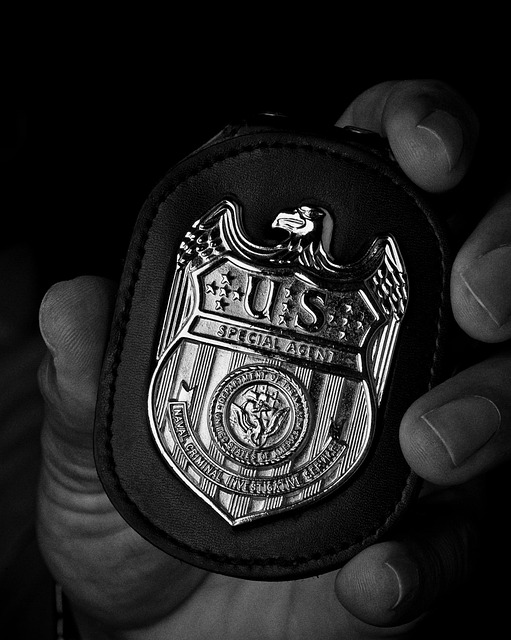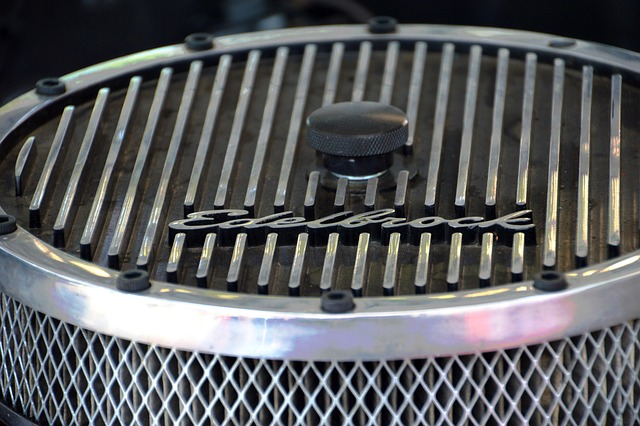Regular radiator bleeding service is vital for apartment dwellers to maintain efficient heating. Air bubbles impede heat transfer, causing hot spots and noise. Using specialized tools, DIY methods involve turning off valves, opening bleed valves, and catching excess fluid. For complex issues or persistent problems, professional radiator bleeding services clean build-ups, optimize performance, and prevent system damage.
In many apartment buildings, radiators are a vital heating source. However, they can experience ‘bleeding’, where air gets trapped, leading to reduced efficiency or even failure. This guide aims to equip you with the knowledge and steps to perform a radiator bleed, addressing common issues. From understanding the process to troubleshooting post-bleed problems, we cover it all. Remember, while DIY is rewarding, complex cases may demand professional assistance, highlighting the importance of knowing when to call a radiator bleeding service.
- Understanding Radiator Bleeding: Why It's Necessary
- Identifying Common Issues Causing Radiator Malfunction
- Tools and Equipment Required for the Job
- Step-by-Step Guide to Perform Radiator Bleeding
- Troubleshooting After Bleed: Resolving Post-Bleeding Problems
- When to Seek Professional Radiator Bleeding Service
Understanding Radiator Bleeding: Why It's Necessary

Radiator bleeding is an essential maintenance practice for apartment dwellers to ensure optimal heating efficiency and prevent costly damage. It involves removing air bubbles from a building’s hydronic heating system, commonly known as radiators. These air pockets can form over time, hindering heat transfer and leading to hot spots or uneven heating in your home. Regular radiator bleeding service is crucial, especially in older apartments with traditional radiator systems.
By fixing a leaky radiator or using a hydraulic radiator bleed kit, homeowners or tenants can easily learn how to address this issue themselves. The process typically requires accessing the radiator valves and gently forcing air out of the system. It’s not just about fixing a leaky radiator; it’s a proactive step to maintain the integrity of your heating system and ensure it operates at peak performance throughout the year.
Identifying Common Issues Causing Radiator Malfunction

Many apartment dwellers face similar challenges when it comes to their radiators. The most common issues range from low or no heat output to strange noises, all indicative of a problem that might require professional intervention. A radiator bleeding service is often the solution for these issues, stemming from air pockets or contaminants in the system’s fluid. Over time, these can hinder efficient heating.
While some may opt to attempt a DIY approach with how to top up radiator fluid or even how to bleed a radiator, complex systems and potential safety hazards make it advisable to seek an auto radiator service near me. Professionals are equipped to handle any challenges, ensuring your apartment stays cozy during colder months.
Tools and Equipment Required for the Job

When it comes to tackling a radiator bleeding service, having the right tools and equipment is paramount for a successful and safe outcome. While some basic household items can aid in the process, certain specialized tools are essential to effectively remove air pockets from your radiators.
The typical toolbox for this task includes a bleeder key (for unlocking the bleed valve), a bucket or container for collecting excess water, various sized wrenches or pliers for gripping and turning tight connections, and protective gear such as gloves and safety glasses. For more complex boiler repair scenarios, additional tools like an air pump or pressure gauge may be necessary to ensure proper air removal and maintain optimal radiator performance.
Step-by-Step Guide to Perform Radiator Bleeding

Performing a radiator bleeding service is an essential task for maintaining efficient heating in your apartment. Here’s a step-by-step guide to help you fix radiator air bubbles and restore optimal performance. Start by turning off the main heating valve to prevent any sudden temperature changes. Next, locate the bleed valve on your radiator, usually found at the top or side. Place a bucket underneath to catch any excess fluid. Gently turn the valve counterclockwise until you hear a hissing sound, indicating air is being released. Once the air has been bled out, tighten the valve and repeat the process if necessary. For stubborn air bubbles, consider an auto radiator service near me for professional assistance. Regularly performing these simple steps can significantly improve your apartment’s warmth and comfort during colder months.
Troubleshooting After Bleed: Resolving Post-Bleeding Problems

After successfully bleeding your radiator, it’s common to encounter some post-bleeding problems that require troubleshooting. One frequent issue is a continued leakage from the radiator hose. If this occurs, inspect the hose for any cracks or damage and consider using radiator hose repair tips to fix the issue. It could also be due to an improperly sealed radiator cap; ensure it is correctly fastened to prevent air from entering the system, as this can lead to cooling system leaks.
If the problem persists, a thorough diagnosis of the cooling system leak is necessary. Check for any signs of moisture or dampness around the radiators and identify the source of the leak. This process might involve examining components like the thermostat, radiator fittings, and hoses to pinpoint the exact location of the leak. Efficient troubleshooting and quick actions can ensure your apartment’s heating system operates smoothly and effectively.
When to Seek Professional Radiator Bleeding Service

If your apartment’s radiators are frequently blocked or not heating up efficiently, it might be time to consider professional radiator bleeding services. While minor blockages can sometimes be cleared by homeowners, persistent issues indicate a deeper problem that could lead to more severe complications like radiator overheating. A plumber Bromsgrove specialist is equipped to handle complex cases, ensuring your radiators are thoroughly cleaned and optimized for performance.
Preventing radiator overheating is crucial for maintaining a comfortable living environment and avoiding potential damage to the system. An emergency plumber Bromsgrove can identify and resolve issues efficiently, offering long-lasting solutions that promote energy efficiency and optimal heating throughout your apartment.
Radiator bleeding is a crucial process for maintaining efficient heating systems in apartments. By understanding common issues and following a step-by-step guide, homeowners can effectively address radiator problems. While some troubleshooting can be done independently, seeking a professional radiator bleeding service is recommended for complex cases or to ensure optimal system performance. Regular maintenance and timely intervention contribute to a cozy living environment, avoiding costly repairs down the line.
